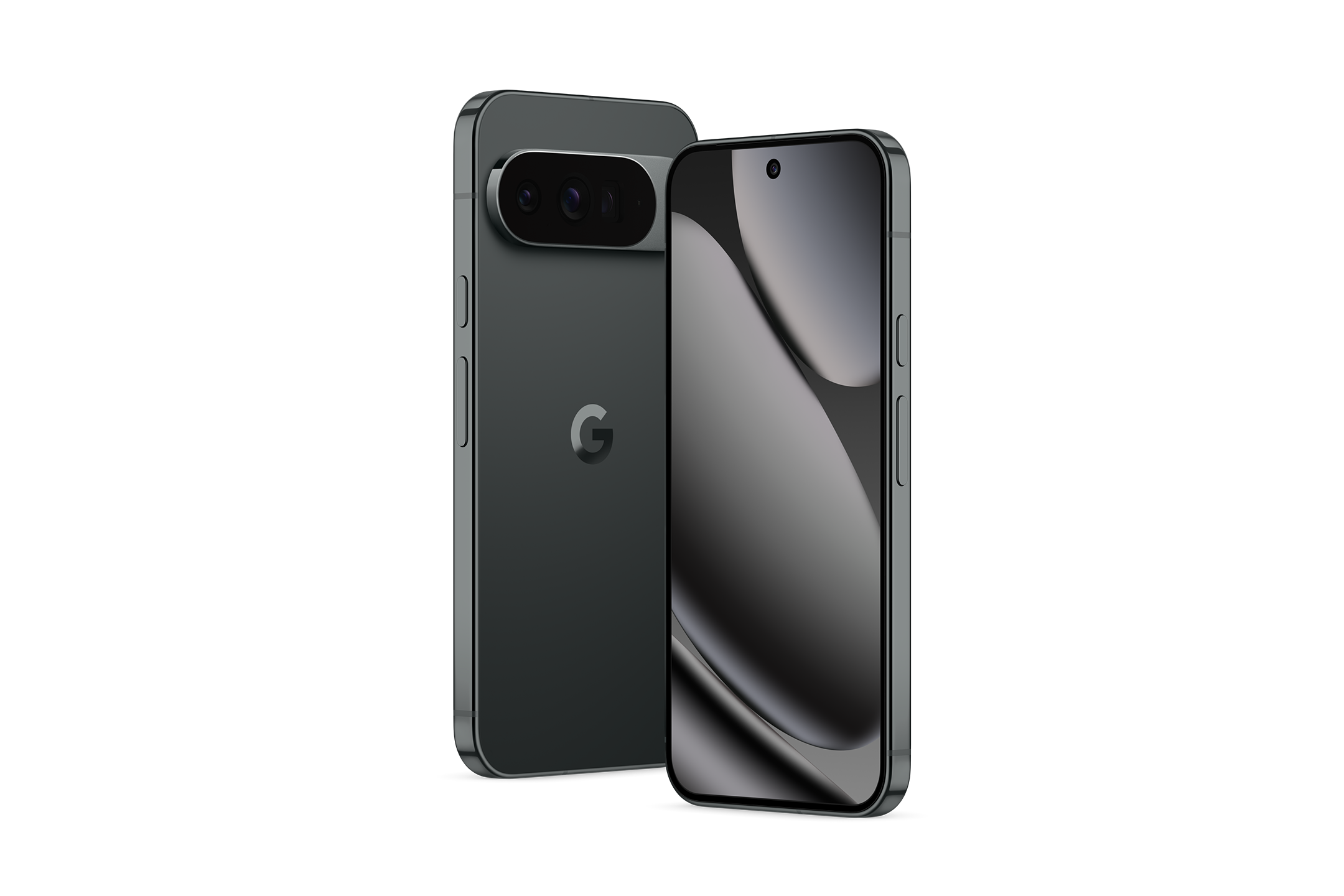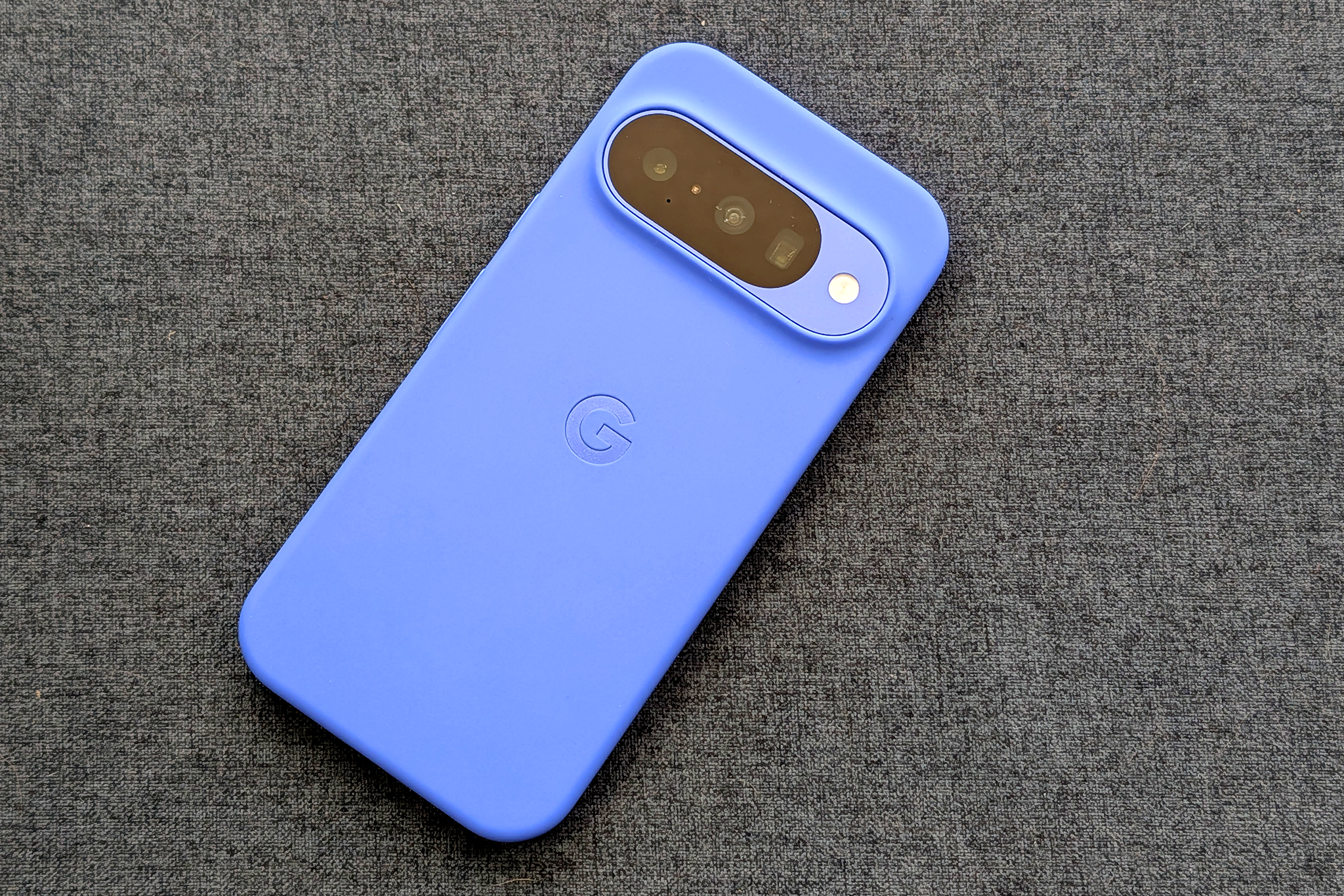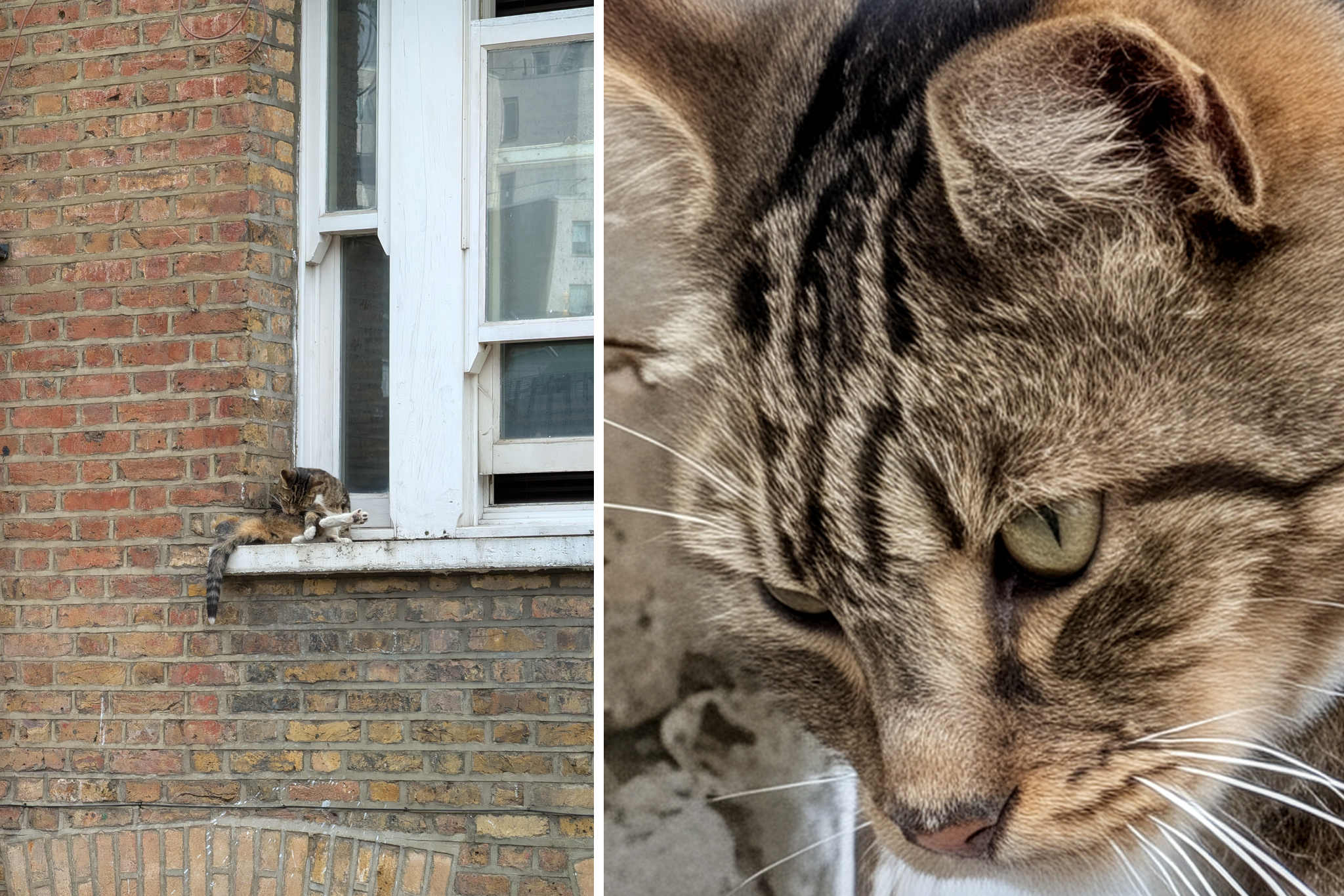
The Google Pixel 10 might give you a sense of déjà vu with its polished, familiar design, but the story this year is all about some powerful upgrades beneath the surface.
When Google’s flagship phone was announced, the key focus was all about artificial intelligence (as with seemingly every tech launch this year). Built around the next-generation Tensor G5 chip, enabling a slew of clever on-device AI features. The phone promises an even smarter, more proactive software experience, with on-device AI features like Magic Cue, which aims to anticipate your needs when messaging friends and family. The camera has been upgraded, notably ProRes zoom for unfathomably crisp (if semi-fictional) 100x shots.
The Pixel 10 is undeniably an excellent Android phone. Almost physically identical to last year’s Pixel, the design of the Pixel 10 remains impeccably premium, with the now-iconic, pill-shaped camera bump housing some upgraded camera hardware. The MagSafe-style Pixelsnap feature is a welcome addition.
How I tested

I put both the Google Pixel 10 and the Pixel 10 pro XL through their paces for several weeks, using each of them in turn as my primary phone. As well as measuring their performance under real-world conditions, I assessed the phones in a few key areas. I considered performance and AI, the camera, hardware and battery life. You can read my detailed testing methodology at the end of the review.
Read more: Latest offers and news in our Black Friday 2025 live blog
Google Pixel 10

Display: 6.3in/6.8in Actua display
Brightness: Up to 3,300 nits peak brightness
Refresh rate: 1-120Hz variable
Weight: 204g (Pixel 10), 207g (Pixel 10 Pro), 232g (Pixel 10 Pro XL)
Dimensions: 152.8mm x 72mm x 8.6mm (Pixel 10/Pixel 10 Pro), 162.8mm x 76.6mm x 8.5mm (Pixel 10 Pro XL)
Processor: Tensor G5
Storage: 128GB, 256GB (Pixel 10/Pixel 10 Pro) 512GB, 1TB (Pixel 10 Pro/Pixel 10 Pro XL)
RAM: 12GB (Pixel 10) 16GB (Pixel 10 Pro/Pixel 10 Pro XL)
Rear cameras: 48MP main, 13MP ultrawide, 10.8MP telephoto (Pixel 10), 50MP main, 48MP ultrawide, 48MP telephoto (Pixel 10 Pro/Pixel 10 Pro XL)
Selfie camera: 10.5MP (Pixel 10) , 42MP (Pixel 10 Pro/Pro XL)
Why we love it
- Premium, stylish design
- Improved cameras
- Brighter screen
- Slick new Android 16 interface
Take note
- The most interesting AI features are of limited use if you're not on Google Messages
Google Pixel 10 design
If you’ve seen a Pixel 9, you’ve seen a Pixel 10. Google has carried over last year’s design almost wholesale, retaining the flat-edged frame and the distinctive pill-shaped camera island. Honestly? I’ve no complaints. The Pixel 9’s redesign was a welcome change from the older camera visor layout, and the Pixel 10 remains a beautiful, impeccably built device. It feels premium in the hand, and the soft-touch matte glass back simply refuses to be smudged by grotty fingerprints.
There are a few subtle but welcome hardware refinements. The biggest is the introduction of Qi2 magnetic charging, which allows the phone to snap onto Pixel accessories as well as the existing ecosystem of MagSafe-compatible gadgets. It’s a quality-of-life improvement that’s long overdue in the Android world, unlocking a range of chargers, stands and clip-on gizmos previously exclusive to the iPhone.

The speakers have also been noticeably improved, with a pair of downfiring speakers on the bottom of the device delivering a richer, fuller sound. The under-display fingerprint sensor is a touch faster and more reliable than the Pixel 9, too, while the display is brighter. They’re small tweaks – and chances are that nobody will notice you’ve even got a new phone – but they add up to a more polished overall experience.
Google Pixel 10 performance and AI
At the heart of the Pixel 10 is the Tensor G5 processor, a chip specifically designed to handle Google’s ambitious on-device AI workloads. In terms of raw speed, navigating apps and menus feels just as snappy as last year’s model. But the Tensor G5’s real advantage – on paper at least – is its ability to power the next generation of Google’s broad suite of AI features, without the need to access the cloud.
The flagship feature is Magic Cue, an AI assistant that pulls data from across your apps to proactively float suggested replies based on the context of what you’re doing. For example, if a friend asks where and what time you’re supposed to meet, Magic Cue instantly pulls information from your inbox and calendar to pop up a button with the answer.
It’s a brilliant idea and, when it works, it feels genuinely useful and impressive – but at launch it’s limited to working within Google’s own messaging app. Literally everyone I know uses WhatsApp or social media DMs, not Google Messages, which means Magic Cue remains frustratingly dormant in everyday use. If I could click my fingers and move all my friends to SMS, I would – but for now, Magic Cue remains largely consigned to an app I rarely open.

The ‘At a Glance’ widget is more consistently useful, subtly floating live sports scores or the status of your Uber to your lock screen. It’s a lovely, glanceable bit of UI design, but like many of the software features, it runs on Android 16, which has been rolled out to existing Pixel devices. This is the core issue with the Pixel 10’s software proposition: while the experience is novel and fresh, so much of what makes it great isn’t exclusive to this new hardware.
Google Pixel 10 camera
The Pixel’s camera has always set it apart from the best Android phones, and the Pixel 10 continues this legacy with some impressive capabilities, particularly when it comes to telephoto photography. The Pro models now boast a staggering 100x ProRes zoom, using a combination of the 5x optical periscope lens and some mind-bending AI trickery to generate detail in long-distance shots.

The results are astounding, and literally too good to be true. The Pixel 10 invents fresh detail at 100x zoom, using AI to essentially paint in definition that the camera lens can’t physically resolve. You’d feel uncomfortable sharing your zoomed-in shots as fact, but for capturing a clear shot of a distant landmark or some wildlife, it’s impressive and a lot of fun to play with.
The standard Pixel 10 also gets a camera boost, finally receiving a dedicated telephoto lens. This closes the hardware gap between the standard and Pro models, making the cheaper handset a much more compelling option for most people. In general, photo quality remains best-in-class across the board, with that signature Pixel look: sharp, detailed and perfectly processed, especially in challenging lighting conditions.
Google Pixel 10 price
At launch, the Pixel 10 cost £799, while the Pixel 10 pro cost £999. But, in light of Black Friday, both handsets have been reduced to record low prices. The Pixel 10 is now £599, and the Pixel 10 pro is £887.82.
Buy now £599, Amazon.co.uk
The verdict: Google Pixel 10
The Pixel 10 is the best phone Google has ever made. It’s a beautifully designed piece of hardware, a joy to use, and its camera continues to be best-in-class. For anyone upgrading from a Pixel 8 or older, or switching from the iPhone, it’s an easy recommendation.
For existing Pixel 9 owners, the proposition is a little trickier. The Pixel 10 is undoubtedly an iterative update, and I’m not totally convinced that the new on-device AI features require the latest Tensor G5 hardware to work. I’ve found that those features, while almost magical in practice, lack much day-to-day utility, especially if, like most people, you don’t use the Google Messages app as your main way of communicating with friends. With so much of the value proposition tied up in Android 16 software, the base experience feels similar enough to the current Pixel phone that it’s hard to justify the upgrade.
How I tested Google Pixel 10
As soon as they launched, I tested the Google Pixel 10 and Pixel 10 Pro, considering the following:
Why you can trust IndyBest reviews
Steve Hogarty is The Independent’s tech critic. He dedicates his working life to testing the latest flagship smartphones from all the major brands, including Google and Samsung. His reviews are based on weeks of intensive use – he swaps in his own sim card and uses the phone as his primary device to get a true sense of its performance, battery life and camera capabilities under real-world conditions. This hands-on approach allows him to separate the genuinely useful features from the marketing gimmicks, ensuring his final verdict is always honest, unbiased, and based on how the phone actually performs in everyday life.
Check out our round-up of the best Android phones of 2025







